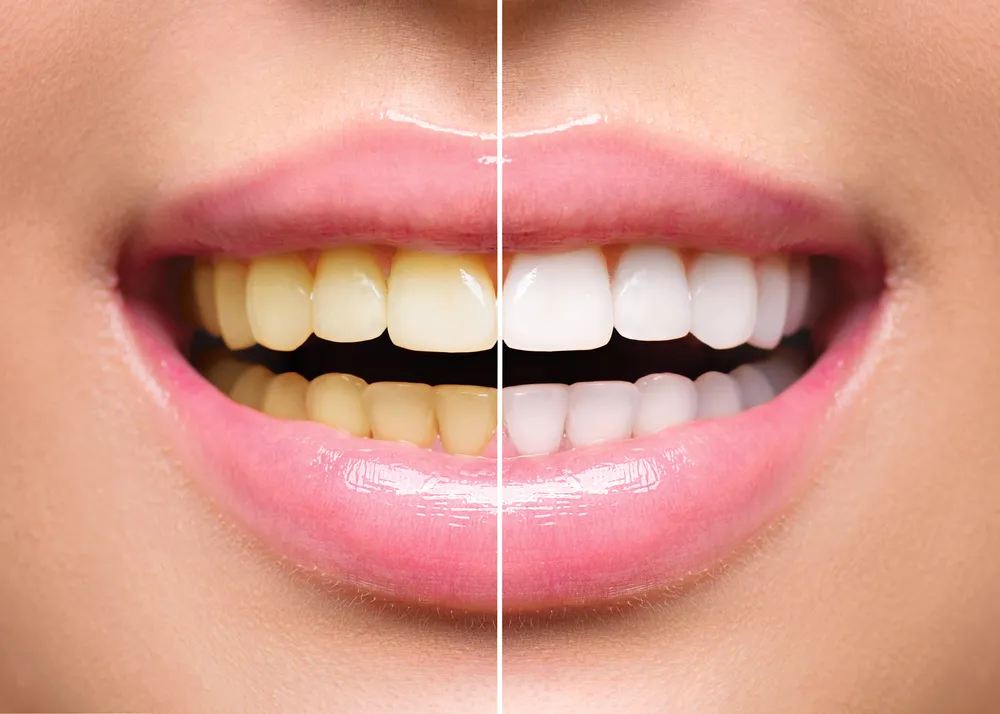Understanding Teeth Whitening
A bright, white smile is a highly sought-after feature, often associated with youth, health, and attractiveness. Teeth whitening, also known as teeth bleaching, is a popular cosmetic dental procedure designed to lighten the color of your teeth and remove stains. This process can significantly improve the aesthetics of your smile, boosting your confidence and overall appearance. Several methods are available, from professional treatments to at-home remedies, each with varying degrees of effectiveness and suitability for different individuals. Understanding the underlying causes of tooth discoloration and the different whitening options is crucial to choosing the best approach for achieving a brighter, more radiant smile. It is always recommended to consult with a dental professional to determine the most appropriate and safe method for your specific needs and oral health condition.
What Causes Tooth Discoloration
Tooth discoloration can arise from various factors, both internal and external. The enamel, the outermost layer of the tooth, is naturally porous and can absorb stains from food, drinks, and other substances. Ageing also plays a role, as the enamel thins over time, revealing the yellowish dentin beneath. Certain medications, like tetracycline, can cause discoloration, especially in developing teeth. Moreover, trauma to the teeth can damage the pulp, leading to internal staining. Genetics can also influence tooth color, with some individuals naturally having lighter or darker enamel. Knowing the cause of discoloration helps determine the most effective teeth whitening approach. Avoiding or minimizing exposure to staining agents is a good way to maintain a white smile.
Extrinsic vs Intrinsic Staining
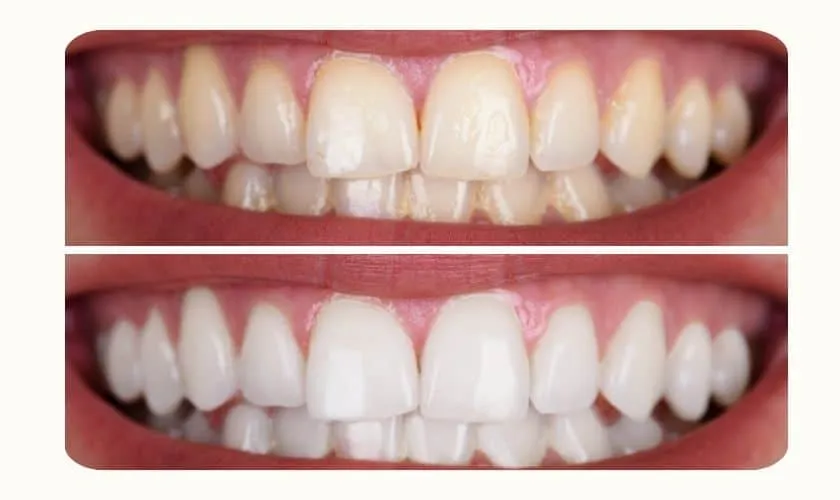
Tooth stains can be categorized into two primary types extrinsic and intrinsic. Extrinsic stains affect the surface of the enamel. These stains are typically caused by external factors such as coffee, tea, red wine, tobacco, and certain foods. Extrinsic stains are usually easier to remove using methods like whitening toothpastes, professional cleanings, or over-the-counter whitening strips. Intrinsic stains, on the other hand, originate from within the tooth structure. These stains can result from the use of certain medications, excessive fluoride exposure, trauma, or the natural aging process. Intrinsic stains are more challenging to treat and often require professional teeth whitening procedures performed by a dentist, such as in-office bleaching or custom-fitted trays with stronger bleaching agents. Identifying the type of stain is essential for selecting the most appropriate teeth whitening treatment.
Types of Teeth Whitening Methods
The market is awash with teeth whitening methods, each offering varying degrees of effectiveness and convenience. These methods broadly fall into professional and at-home categories, with each having its own set of pros and cons. The best method for you will depend on your specific needs, the severity of your stains, and your budget. Always consult a dentist to make an informed decision and ensure the chosen method is safe and suitable for your oral health condition. Let’s explore some of the most popular teeth whitening options available to help you find the best fit for your needs and budget.
Professional Teeth Whitening
Professional teeth whitening offers the most effective and rapid results, supervised by a dentist. These treatments typically involve stronger bleaching agents than those found in over-the-counter products, allowing for significant lightening of the teeth in a single session or a few appointments. This is often the preferred method for people seeking dramatic changes quickly. However, it is essential to understand the potential risks and associated costs before proceeding with professional teeth whitening. Consulting with a dentist ensures the treatment is safe and tailored to your specific needs, minimizing the risk of side effects and maximizing the effectiveness of the whitening procedure.
In-Office Whitening Procedures
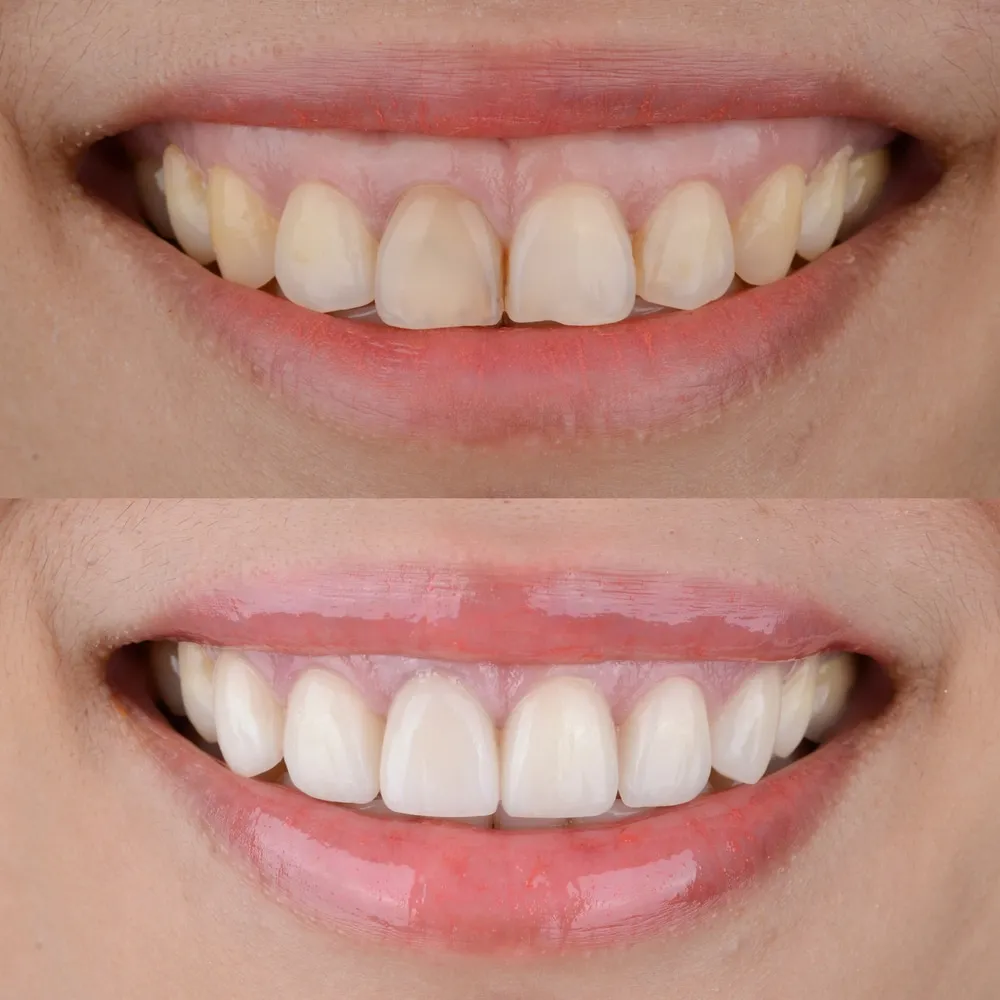
In-office whitening involves a dentist applying a high-concentration bleaching gel to the teeth. The dentist may also use a special light or laser to accelerate the whitening process. The entire procedure usually takes about one hour, and results are often visible immediately. This method is ideal for those seeking fast and dramatic results. The professional setting ensures the process is performed safely and effectively, minimizing the risk of gum irritation and other side effects. The dentist can also monitor your progress and adjust the treatment as needed. Although in-office whitening is more expensive than at-home methods, the convenience and immediate results make it a popular choice.
At-Home Whitening Kits
At-home whitening kits offer a more affordable and convenient alternative to professional treatments. These kits typically include custom-fitted trays and a bleaching gel that the patient applies at home. The dentist will create the custom trays to ensure proper fit and minimize the risk of the gel irritating the gums. The effectiveness of at-home kits varies depending on the concentration of the bleaching agent and the duration of treatment. While results may not be as dramatic or immediate as in-office whitening, at-home kits can still deliver noticeable improvements over a few weeks. Always follow the instructions provided by your dentist or the kit manufacturer to ensure safe and effective use. Make sure you consult with your dentist.
Whitening Toothpastes and Rinses
Whitening toothpastes and rinses are readily available over-the-counter and can help remove surface stains. These products typically contain mild abrasives or chemicals like hydrogen peroxide, which gently scrub or lighten the enamel. While they can improve the brightness of your teeth, the results are usually subtle and gradual. Whitening toothpastes are most effective at removing extrinsic stains caused by coffee, tea, and tobacco. However, they cannot change the natural color of your teeth and may not be effective for intrinsic stains. It is essential to use whitening toothpastes and rinses as part of a comprehensive oral hygiene routine, including regular brushing, flossing, and dental checkups. Be careful about using abrasive toothpastes because you could damage your enamel.
Over-the-Counter Whitening Strips and Gels
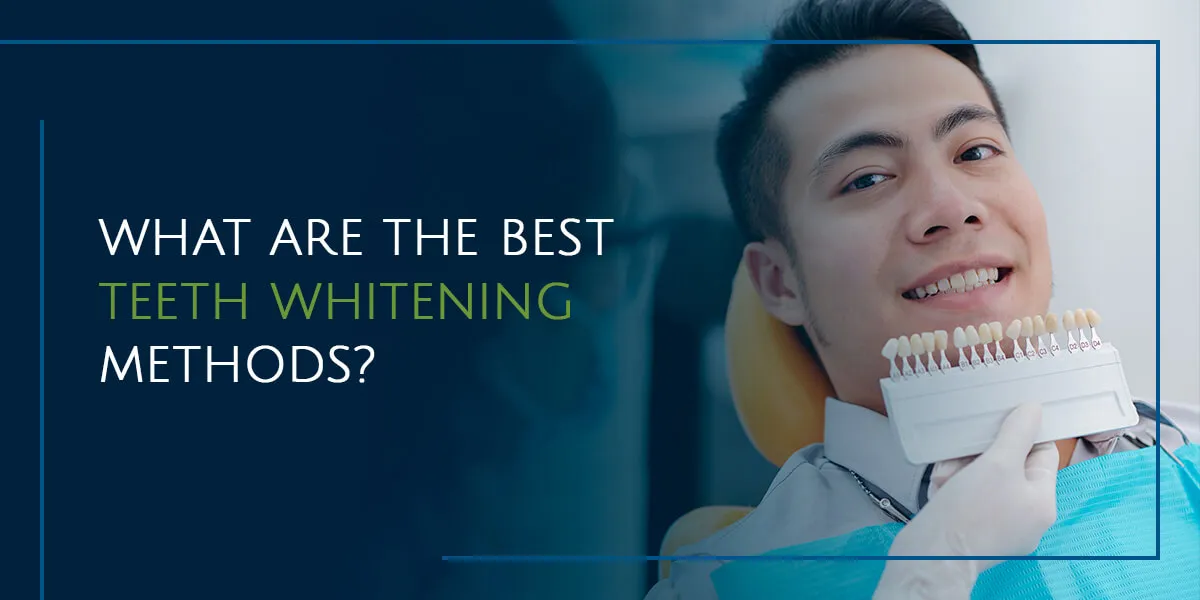
Whitening strips and gels are another popular at-home option, offering a more concentrated bleaching agent than whitening toothpastes. These products typically contain a thin strip coated with a hydrogen peroxide-based gel that is applied directly to the teeth for a specified amount of time each day. Results can often be seen within a few weeks, with some products promising significant whitening effects. Whitening gels are applied using a tray. The effectiveness of whitening strips and gels can vary depending on the product’s strength and usage. Always read and follow the product instructions carefully to avoid gum irritation or other side effects. While generally safe, it is recommended to consult with a dentist before using these products, especially if you have sensitive teeth or existing dental work.
Effective At-Home Remedies
In addition to over-the-counter products, some natural at-home remedies can help brighten your smile. These remedies are often less expensive and can be incorporated into your regular oral hygiene routine. However, their effectiveness can vary, and it is essential to use them cautiously to avoid damaging your teeth or gums. Natural remedies should not be used as a substitute for professional dental care and should always be discussed with your dentist.
Baking Soda and Hydrogen Peroxide
Baking soda and hydrogen peroxide are two common household ingredients often used for teeth whitening. Baking soda is a mild abrasive that can help remove surface stains, while hydrogen peroxide is a mild bleaching agent. Many people combine baking soda and hydrogen peroxide into a paste and brush their teeth with it. While this method can help remove some stains, it is essential to use it sparingly to avoid damaging the enamel. Excessive use of baking soda can wear down the enamel, making teeth more susceptible to sensitivity and decay. Always rinse thoroughly after brushing with baking soda and hydrogen peroxide and consult with your dentist before trying this method.
Oil Pulling
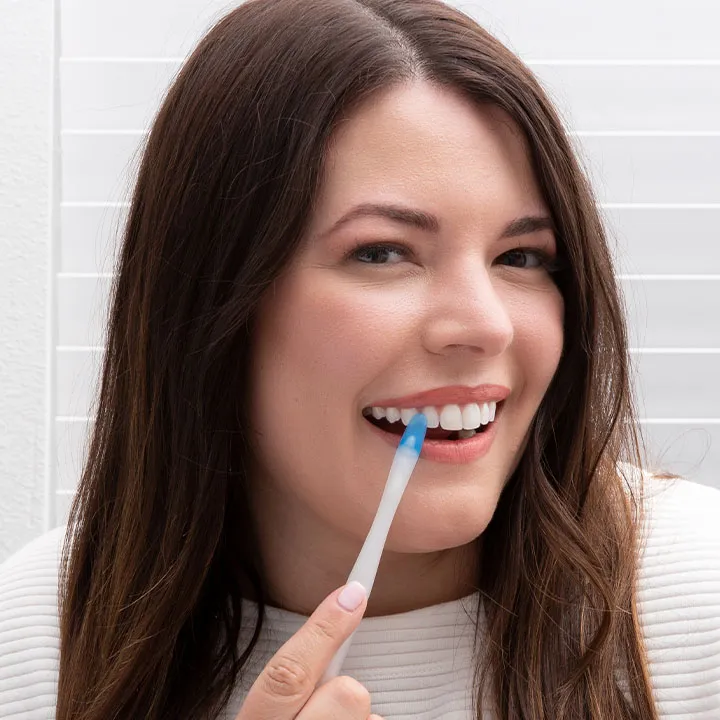
Oil pulling is an ancient Ayurvedic practice that involves swishing oil, typically coconut oil, in your mouth for a set period, often 15-20 minutes. Proponents claim that oil pulling can help remove bacteria, toxins, and stains from teeth, leading to a brighter smile. The oil works by pulling bacteria and debris from the mouth. While some people find oil pulling beneficial, scientific evidence supporting its teeth whitening properties is limited. Oil pulling can be a supplement to a comprehensive oral hygiene routine. It is important to use a high-quality, food-grade oil and to spit it into a trash can rather than down the drain to avoid clogging your pipes. Oil pulling should not be used as a replacement for regular brushing and flossing, and it’s always best to consult your dentist.
Foods That Naturally Whiten Teeth
Certain foods can act as natural teeth-whitening agents. Crunchy fruits and vegetables, such as apples, carrots, and celery, can help remove surface stains by acting as natural abrasives. These foods also stimulate saliva production, which helps to wash away food particles and bacteria. Strawberries contain malic acid, which can help remove stains. Citrus fruits like lemons and oranges contain citric acid, which can help to whiten teeth. However, it’s important to consume citrus fruits in moderation, as excessive acid can erode tooth enamel. Incorporating these foods into your diet can contribute to maintaining a brighter smile as part of a balanced and health-conscious lifestyle.
Maintaining Your White Smile
Once you’ve achieved a brighter smile, it’s essential to take steps to maintain it. This includes adopting good oral hygiene practices and making lifestyle choices that minimize staining. Regular maintenance ensures your investment in teeth whitening lasts longer and keeps your teeth looking their best. Adhering to these recommendations will help preserve your bright smile and keep your teeth healthy.
Tips for Preventing Staining

Preventing stains is crucial for maintaining a white smile. Limit your intake of staining foods and drinks, such as coffee, tea, red wine, and dark-colored berries. If you do consume these items, brush your teeth soon afterward or rinse your mouth with water. Avoiding tobacco products is essential, as smoking and chewing tobacco are major contributors to tooth discoloration. Regularly brushing and flossing, in addition to professional cleanings, can help remove surface stains before they set in. By making these lifestyle adjustments, you can significantly reduce the likelihood of staining and extend the longevity of your teeth whitening results.
Regular Dental Checkups and Cleanings
Regular dental checkups and cleanings are vital for maintaining a bright and healthy smile. Professional cleanings remove plaque and tartar buildup, which can cause stains and contribute to tooth discoloration. Your dentist can also identify any early signs of dental problems, such as cavities or gum disease, and provide appropriate treatment. During checkups, your dentist can assess the effectiveness of your oral hygiene routine and make recommendations for improvements. Regular dental visits, usually every six months, are a cornerstone of preventative care. Maintaining these visits helps prevent staining and other dental problems. Proper oral hygiene and regular visits to the dentist are the best ways to keep your teeth looking their best and prevent costly procedures down the road.
Things to Avoid After Whitening
After undergoing teeth whitening, it’s important to avoid certain foods and drinks that can stain your teeth. For the first few days after treatment, it’s best to avoid highly pigmented items such as coffee, tea, red wine, dark berries, and soy sauce. These substances can easily stain freshly whitened teeth, reducing the effectiveness of the treatment. Smoking should also be avoided, as tobacco is a major cause of tooth discoloration. Following these post-whitening guidelines ensures you get the best and longest-lasting results. Your dentist will provide you with specific instructions to follow after your procedure. Adhering to these recommendations will help you maintain a bright, white smile for as long as possible.
